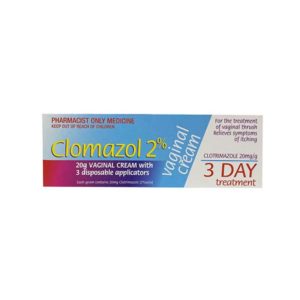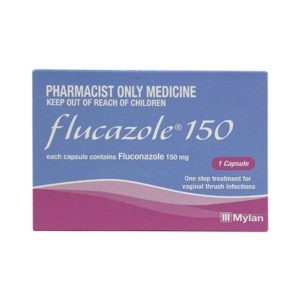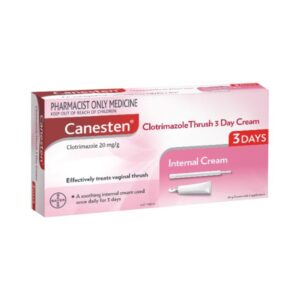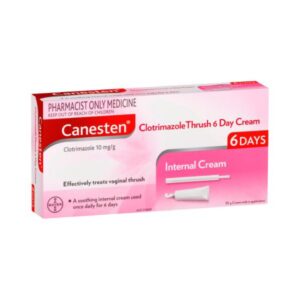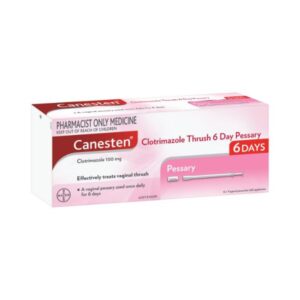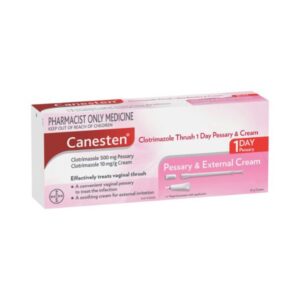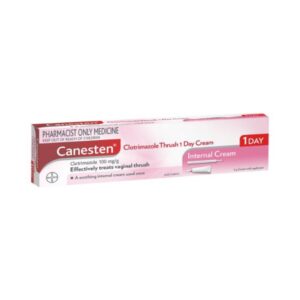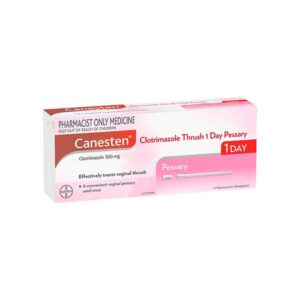- 0508 966 622
- help@zoompharmacy.co.nz
- Mon - Fri: 8:30 - 16:00
75% of all women will experience thrush at some stage in their life, and up to 45% will have it twice or more.1 This common yeast infection is usually harmless however it can cause various uncomfortable symptoms like itching of the private area. It can be easily treated with prescription and pharmacist only anti-fungal treatments. In this article we will look at the symptoms, causes and treatments of vaginal thrush. We will also explain the best steps to take to lower your risk of vaginal thrush.
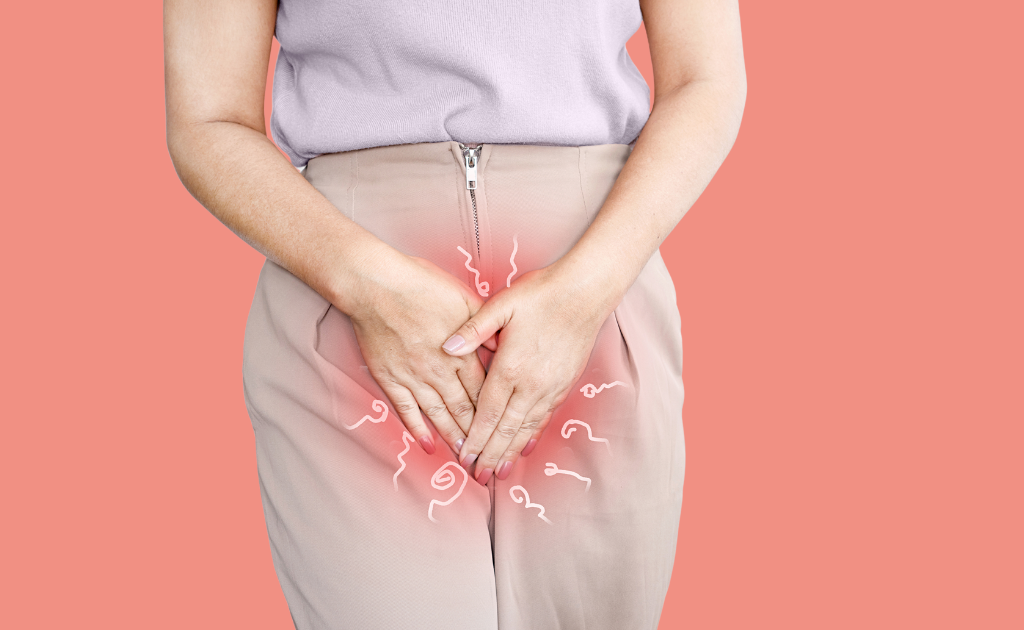
The most common symptoms of vaginal thrush are itching, irritation or redness around the vagina and vulva. You may also experience:
About 90% of vaginal thrush cases are caused by a yeast called Candida albicans. A healthy vagina contains bacteria and some yeast (including Candida), however if the natural balance of yeast and other microbes is disrupted then yeast can multiply leading to an overgrowth. This overgrowth of Candida will cause symptoms to develop.
Thrush is not regarded as a sexually transmitted infection (STI), though it can be triggered by sexual intercourse and sexual partners with a penis may experience redness and irritation of the penis after sex without a condom.
Vaginal thrush is very common affecting women and girls of all ages. An estimated 75% of women having a vaginal thrush episode at some point in their lives, however it is less likely before puberty and after menopause.
The following are factors that may increase your risk of vaginal thrush:
Vaginal thrush is usually diagnosed through its symptoms. If you have these key symptoms, it’s likely you have vaginal thrush:
The symptoms of vaginal thrush can be the same as those of some STIs and bacterial vaginosis, so if you are unsure, or treatment doesn’t resolve the symptoms you may need to have tests.
Treatment for vaginal thrush is usually simple and involves the use of anti-fungal medication available from the pharmacy this can be antifungal intravaginal creams or vaginal pessaries. Fluconazole an oral medication is available from the pharmacy to treat vaginal thrush. A pharmacist can also recommend skin creams to relieve soreness and itchiness around the vagina.
The choice of treatment and dose will depend on a variety of factors which a pharmacist can discuss with you. Vaginal thrush should clear up within a week of completing treatment.
Preventing or lowering your risk of vaginal thrush is possible, especially if there is an identifiable trigger. The following are a list of suggestions to try if you are experiencing recurrent vaginal thrush:
Yes, you can still have sex when you have vaginal thrush. However, due to the symptoms of vaginal thrush it can be uncomfortable. Stinging, soreness, or a burning sensation may be experienced during or after sex. Therefore it may be best to not have sex with vaginal thrush. If you do, use plenty of water-based lubricant to protect your skin.
Thrush can cause redness and irritation for male partners so wearing barrier forms of contraception is recommended. Thrush can be passed on to your partner during vaginal, oral, or anal sex, so if your partner has symptoms, they may require treatment. Intravaginal creams and pessaries can weaken condoms, so apply treatments after sex.
References:
